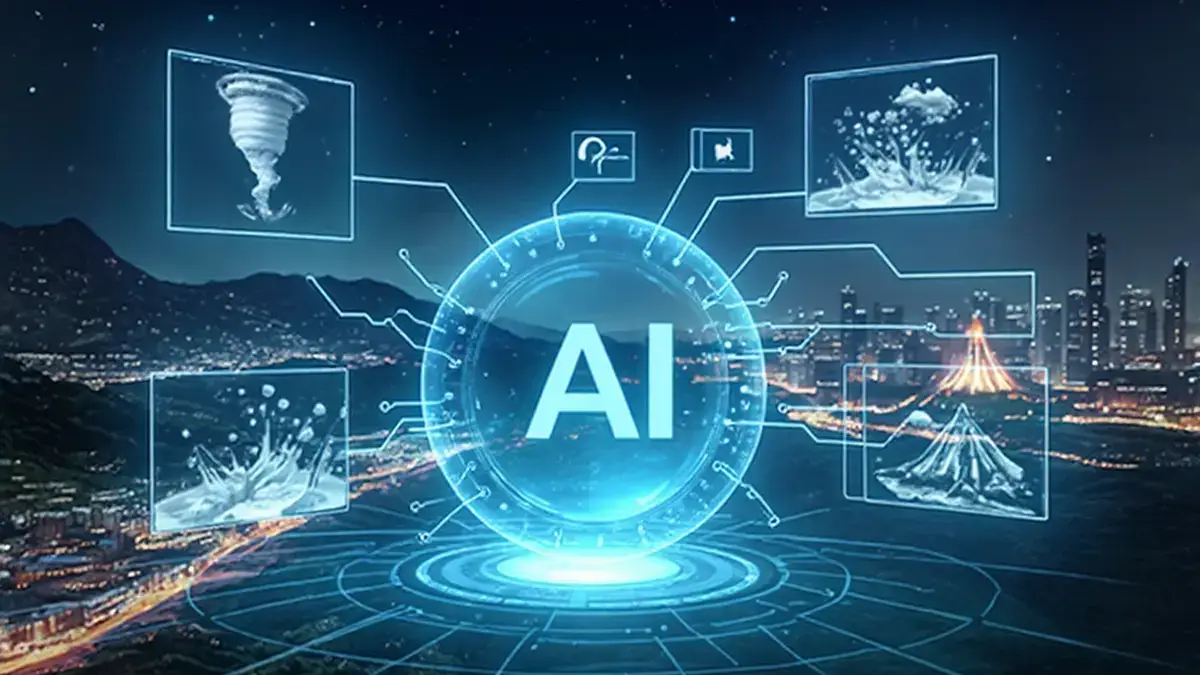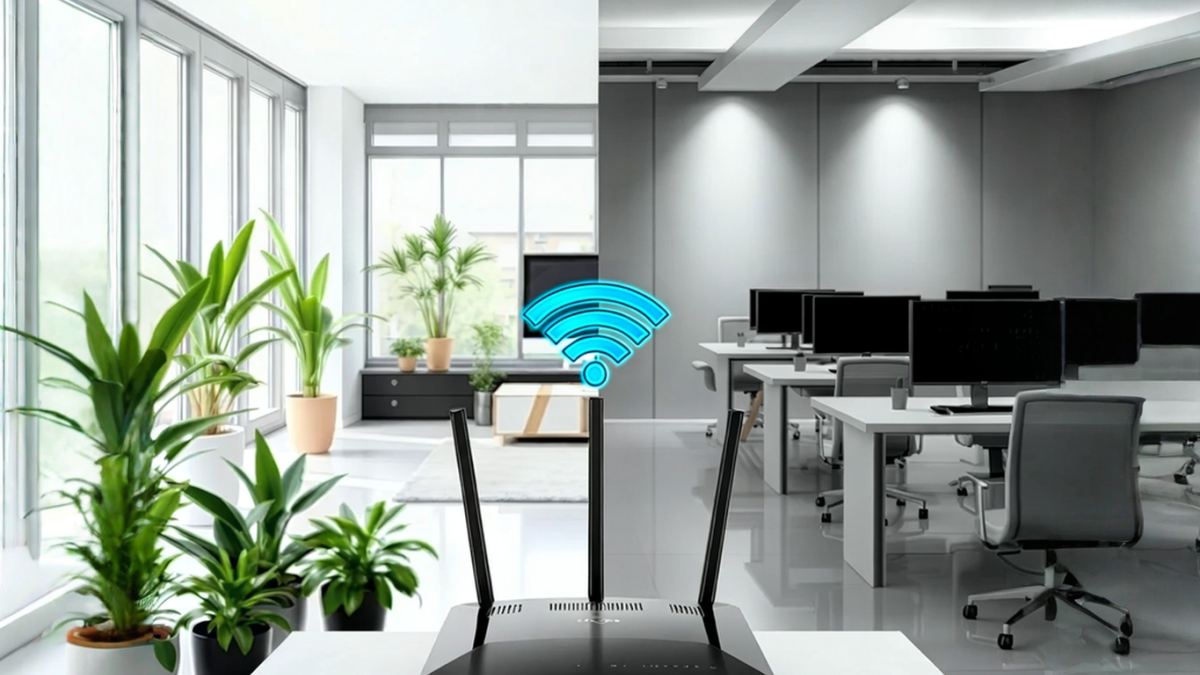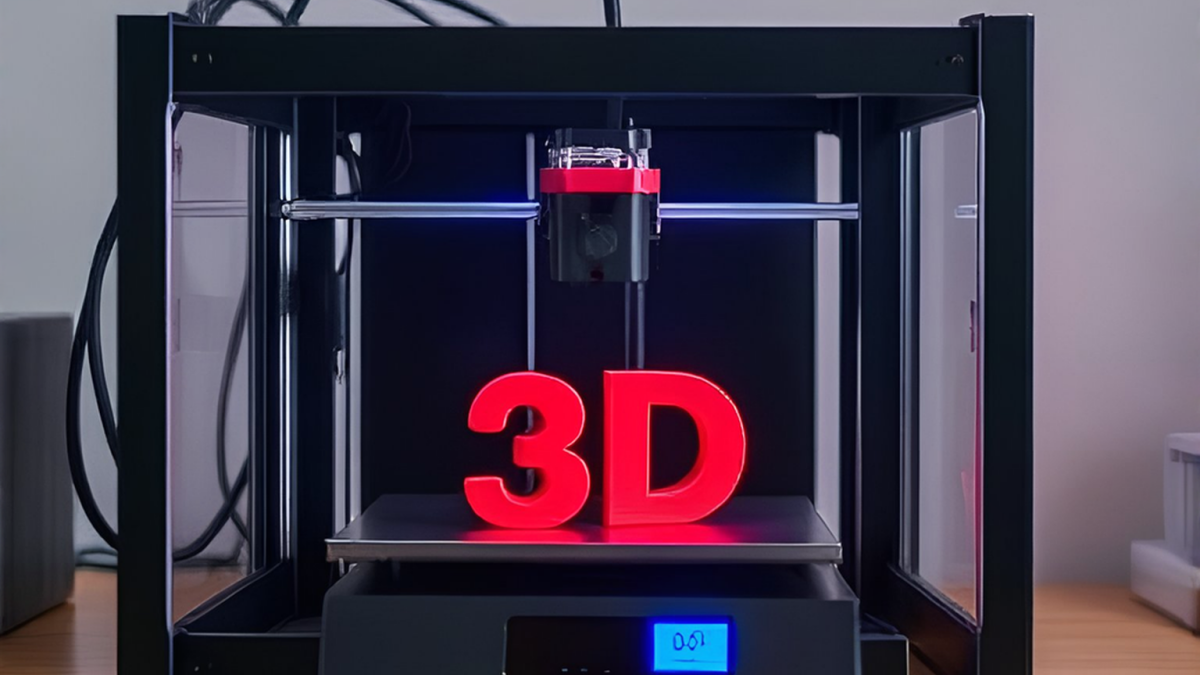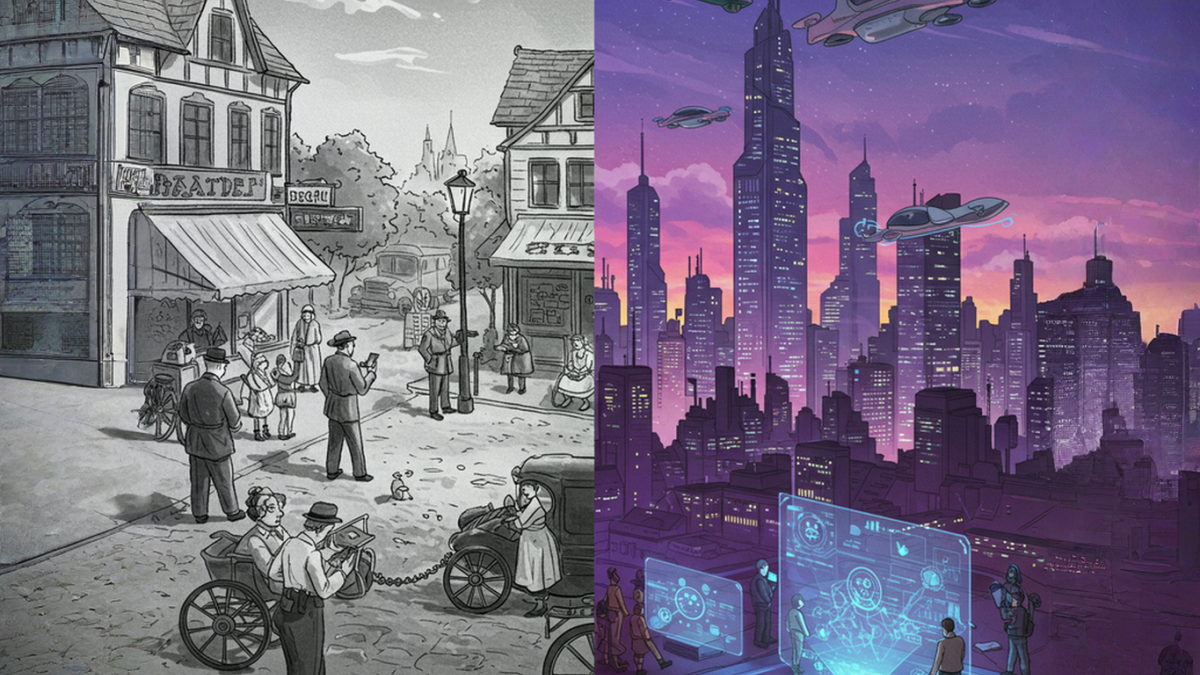It’s fascinating to see how frequently science fiction in films anticipates real-world technological advancements. While these productions don’t directly invent new technologies, they often inspire innovation by showcasing futuristic concepts and gadgets. These imaginative portrayals can stimulate development, accelerate public acceptance, and spark curiosity about turning fiction into reality. Here are some examples where films have had a notable impact or where similar concepts were later developed:
Holographic Displays
“Star Wars: A New Hope” by Lucasfilm in 1977:
Holograms play an important role in the film’s plot and the universe it creates. A memorable moment featuring holograms is when R2-D2 projects Princess Leia’s message.
“Whitney Houston Holographic Projection” by Base Xperiential in 2020:
A breathtaking live concert that combines holographic projections with live band performances, honoring the amazing music and lasting legacy of Whitney Houston in partnership with her Estate.
Wrist Computers
“Predator” by 20th Century FOX in 1987
The wrist computer used by the high-tech hunter is a super advanced gadget that does a lot of things. It has a self-destruct feature, tools for communication, and high-tech tracking abilities.
“Zebra WT6300 Wearable Computer” by Zebra since 1969
A specialized wearable device designed for ultimate comfort throughout the day. Made specifically for easy wear, it features a low center of gravity, which helps reduce muscle strain and tiredness for workers, unlike using a handheld mobile computer attached to a wrist mount.
Prosthetic Limbs
“RoboCop” by Orion Pictures in 1987
The prosthetic limbs in the flim are not just about replacing lost limbs but about redefining what a human can be, blending technology with humanity in a way that was both visually striking and thematically rich for its time.
“Myoelectric Hand” by Ottobock since 1958
Myoelectric prosthetic hands, or “bionic” hands, use muscle signals to control motors, enabling precise movements and versatile grip patterns. Powered by a battery, these advanced prostheses combine function and style for everyday tasks.
“Back to the Future Part II” by Universal Pictures in 1989
Marty McFly Jr. controls the large, wall-mounted TV with his voice, speaking directly to the screen, and it instantly divides into several channels for a simultaneous viewing pleasure. His interaction is smooth and command-driven, with the AI Voice Assistants responding swiftly and accurately.
“Samsung Bixby Voice Assist” by Samsung since 2017
An intelligent voice assistant enables hands-free control of devices through natural language commands. It streamlines tasks, manages smart home devices, and provides a seamless experience across the brand’s smartphones, tablets, TVs, and wearables. Additionally, it learns from user habits and preferences, offering a more personalized experience over time.
“The Lawnmower Man” by New Line Cinema in 1992
In the film, VR is portrayed as a potent and risky technology. It enables Jobe Smith, a simple gardener, to explore a virtual realm. As he immerses himself, the boundary between reality and virtuality blurs, eventually transforming him into a powerful digital being. The film presents VR as a near-magical force with both promise and risks, blending science fiction and horror to caution against unchecked technological progress and highlight the need for ethical responsibility.
“Meta Quest” by Meta since 2019
A VR headset offers an easy and immersive experience for both consumers and professionals. It’s a standalone, wireless device that doesn’t require a PC or console. Key features include hand tracking, controllers, and a rich content library. It’s great for gaming, socializing, education, fitness, and productivity.
Self-Driving Electric-Powered Cars
“Jurassic Park” by Universal Pictures in 1993
In the film, the modified Ford Explorer tour cars represent an early type of self-driving vehicle. They follow a predetermined route through the dinosaur areas of the park, controlled by the park’s main system, which includes safety features to prevent accidents. Staff can monitor the cars’ movements and stop them in case of an emergency. Additionally, to minimize noise and pollution within the park, the tour cars are electric-powered.
“Tesla FSD Electric Vehicle” by Tesla since 2019
Full Self-Driving (FSD) is an advanced driver-assistance system for the brand’s electric vehicles. It includes Adaptive Cruise Control, Autosteer, Auto Lane Change, Smart Summon, Traffic Light and Stop Sign Control, and Automatic Parking. A vision-based monitoring system ensures driver attentiveness, with FSD access suspended if misuse is detected.
3D Bioprinter
“The Fifth Element” by Gaumont in 1997
In the film, scientists use futuristic 3D bioprinting to rebuild Leeloo after finding her hand in a crashed ship. In a high-tech lab, a robotic arm builds her skeleton, and then a 3D bioprinter meticulously layers on her muscles, organs, and skin. UV light then helps finalize her regeneration, making this scene a memorable depiction of sci-fi bioprinting.
“3D Bioprinters” by Cellink since 2016
Extrusion-based bioprinters use computer numerical control (CNC) machining to carefully layer bio-compatible materials. They follow specific paths created from 3D model slices. The brand’s 3D bioprinters are built for flexibility, allowing bioengineers to use various biomaterials, which enhances possibilities in human tissue engineering.
LED Video Walls
“The Matrix Reloaded” by Warner Bros.in 2003
The film foreshadowed the role of LED video walls in modern filmmaking, using cutting-edge visual effects and high-resolution projection screens to create immersive environments. Although not literal LED video walls, the film’s innovative visuals pushed boundaries, influencing future display technologies and symbolizing themes of choice, consequence, and control. By simulating future display tech with available tools, the film’s visual ambition helped pave the way for modern LED video walls.
“LED Video Panels” by PixelFLEX since 2009
This brand’s dynamic, high-definition LED video wall features impact-resistant technology and a convenient 16:9 aspect ratio per panel. Its front-serviceable modules ensure easy maintenance. As a seamless digital canvas unconstrained by frames or traditional dimensions, this LED display allows for larger screens, boosting visibility for remote presenters and increasing viewer engagement.
Related Posts
AI vs. Nature’s Fury: Revolutionizing Natural Disaster Management
AI is revolutionizing how we handle natural disasters—enhancing early warnings, streamlining…
Top 10 Best-Selling Portable EV Chargers
As electric vehicles (EVs) grow in popularity, a reliable portable charger is essential. Here are…
Which Top 10 Smart Home Products on Amazon Will Upgrade Your Life?
Discover the top 10 smart home products on Amazon that can simplify and upgrade your daily…
Best Routers by Type: Mesh, Gaming, Smart, and More for Fast, Secure, and Reliable Internet
Explore the best types of routers—including mesh, gaming, and smart options—to enhance your digital…
Top 10 Things to Consider Before Investing in a Hi-Tech 3D Printer
Keep these top 10 essentials in mind before purchasing a hi-tech 3D printer to make the most of…
The High-Tech Revolution: A Before-and-After Perspective
Technology's Before-and-After impact extends beyond tools, transforming environments and societies…
The Ultimate Hi-Tech Wish List: Gift Ideas for the Gadget Enthusiasts
Whether it’s for a birthday, holiday, or just to show you care, this hi-tech wish list will help…
5 Best-Loved Hi-Tech Virtual Pets
Discover the best-loved hi-tech virtual pets, where cutting-edge A.I., blockchain, and interactive…
Fly with Excellence: Top 10 Drone Brands Defining Aerial Hi-Tech
From cutting-edge flight performance to advanced camera systems and smart navigation, these…

























